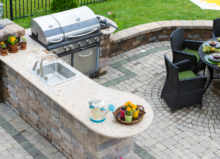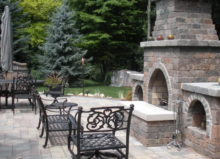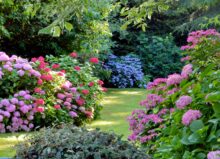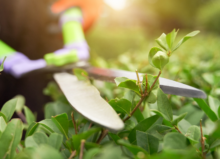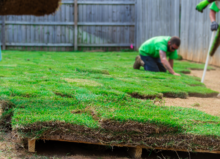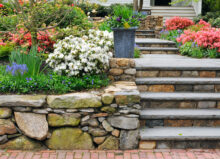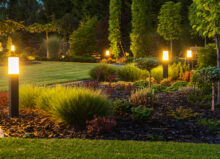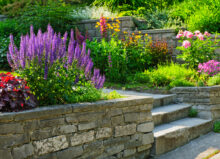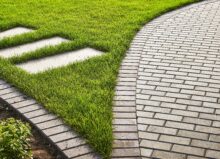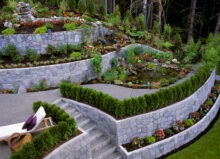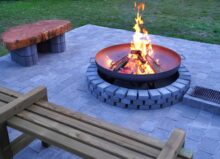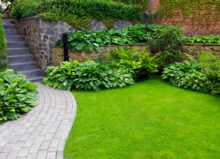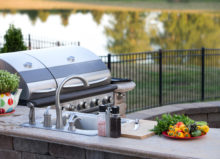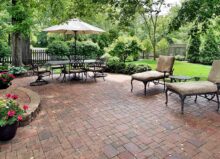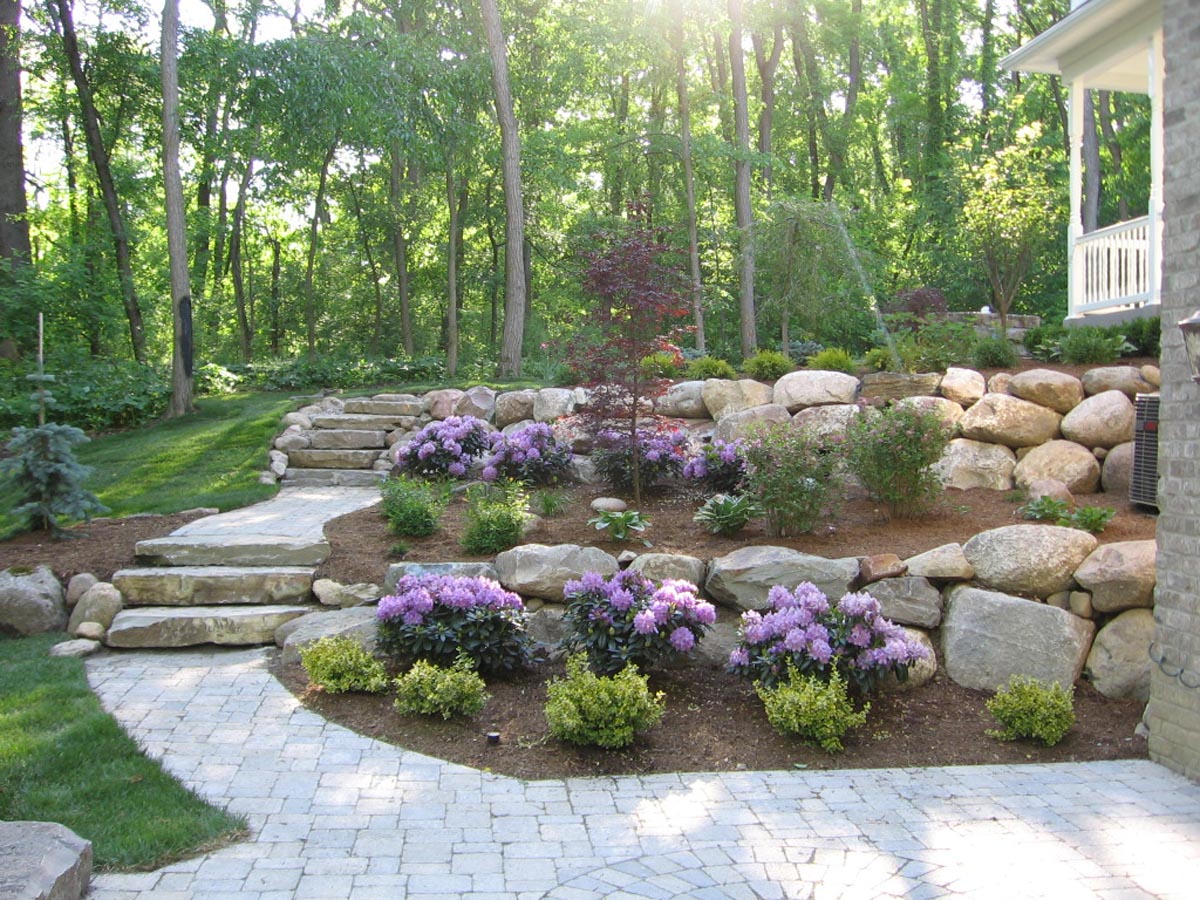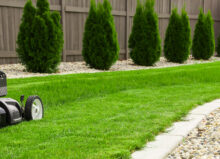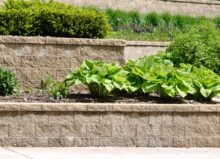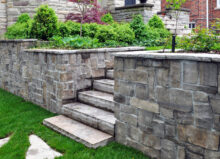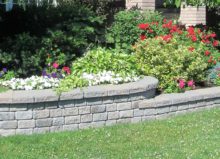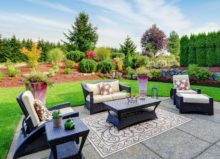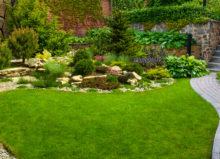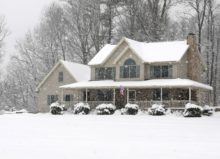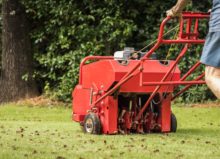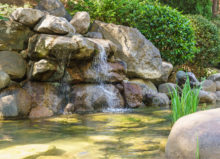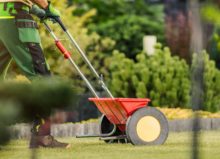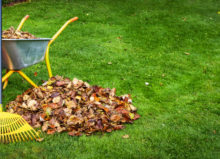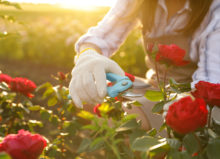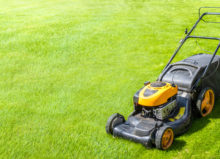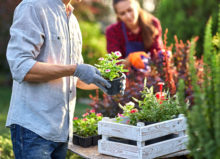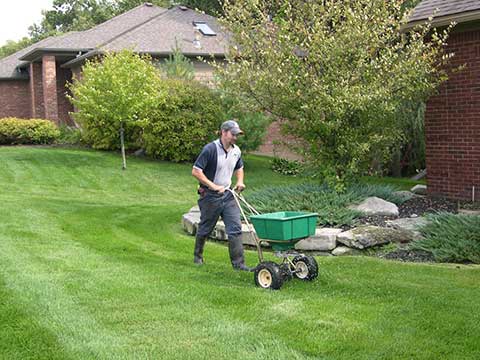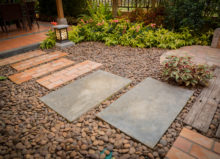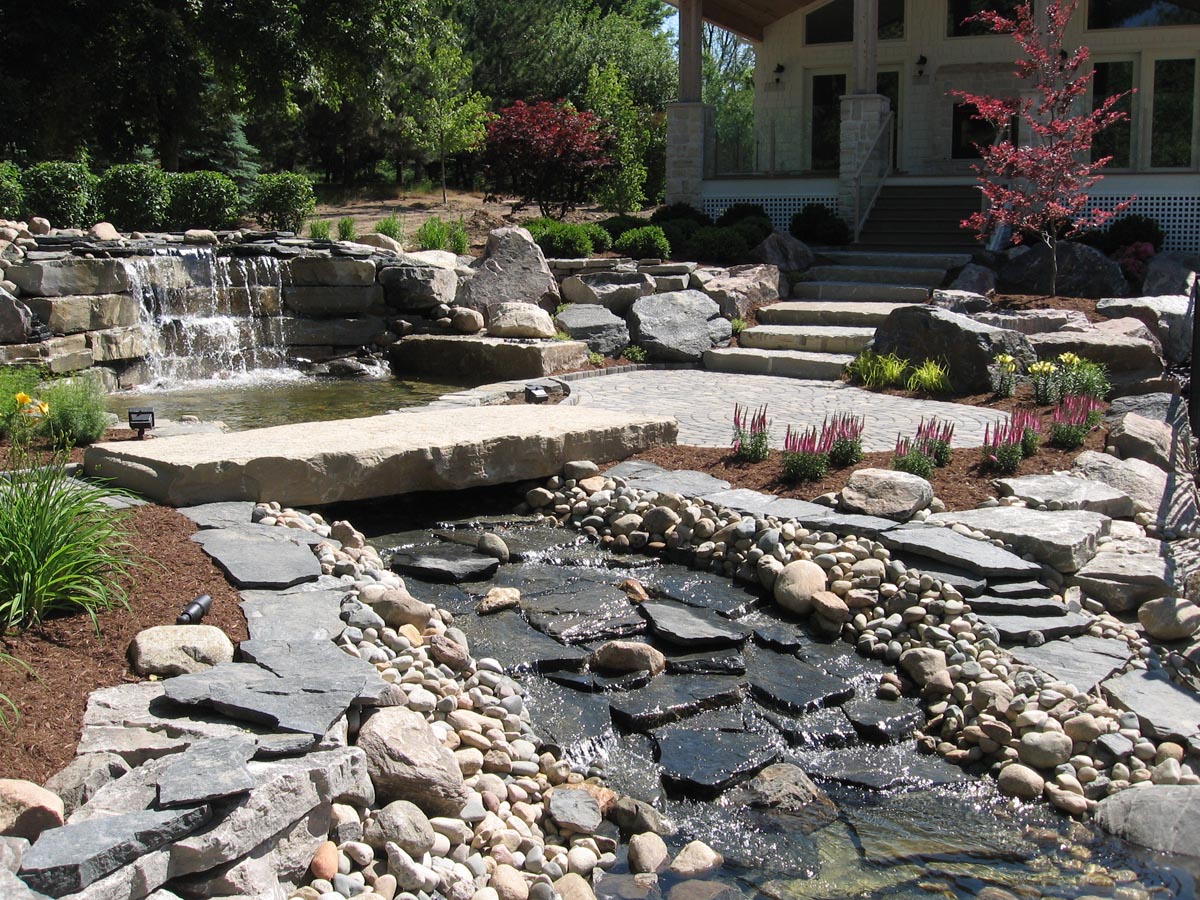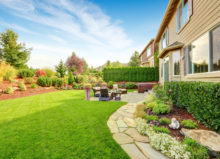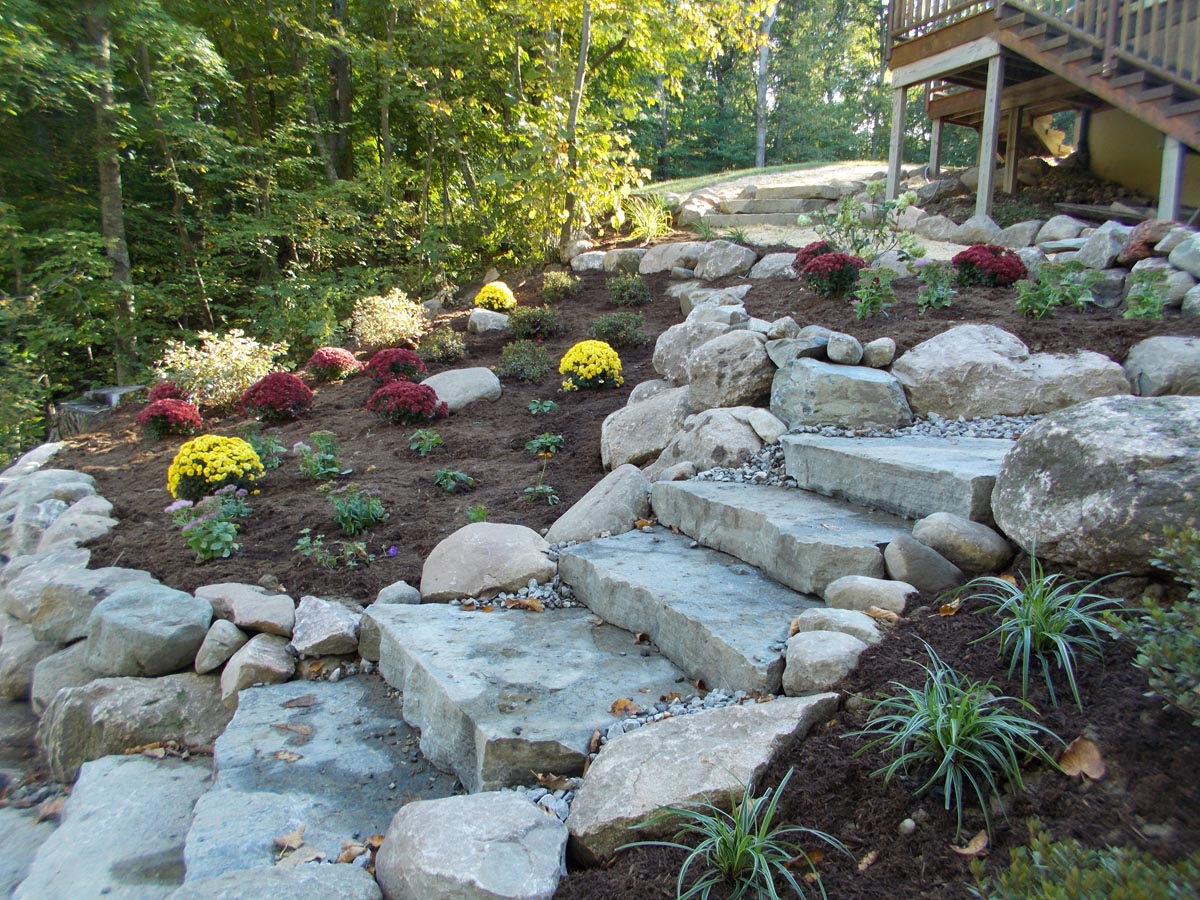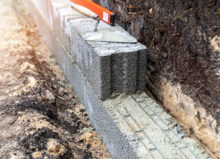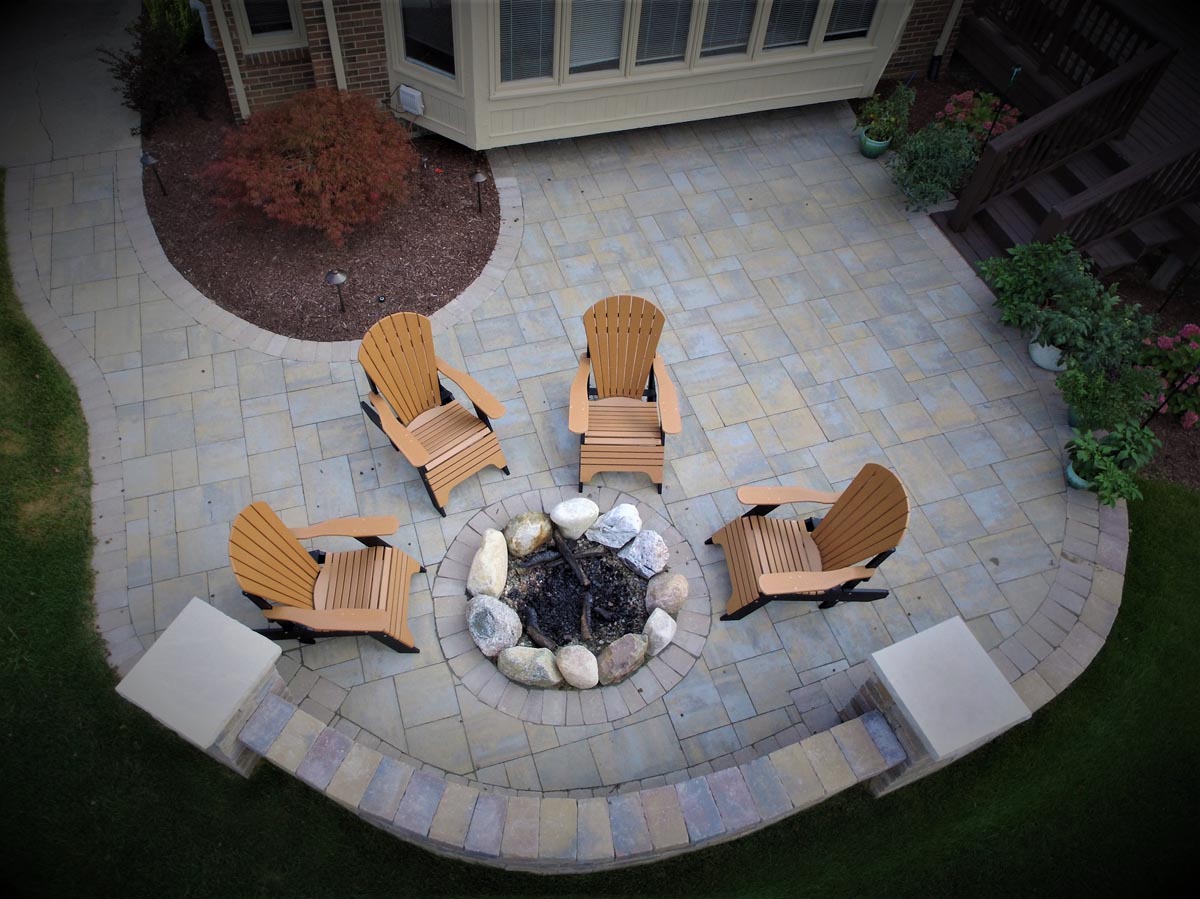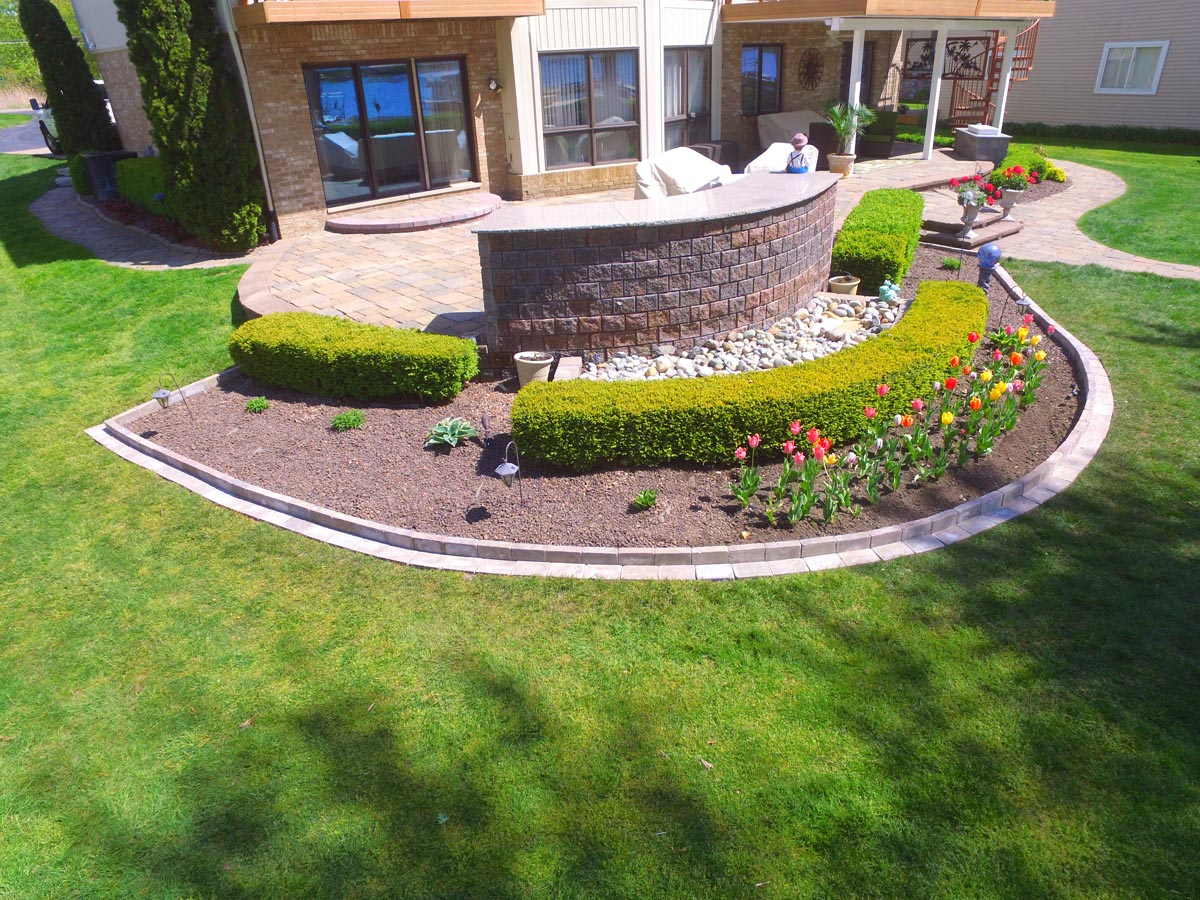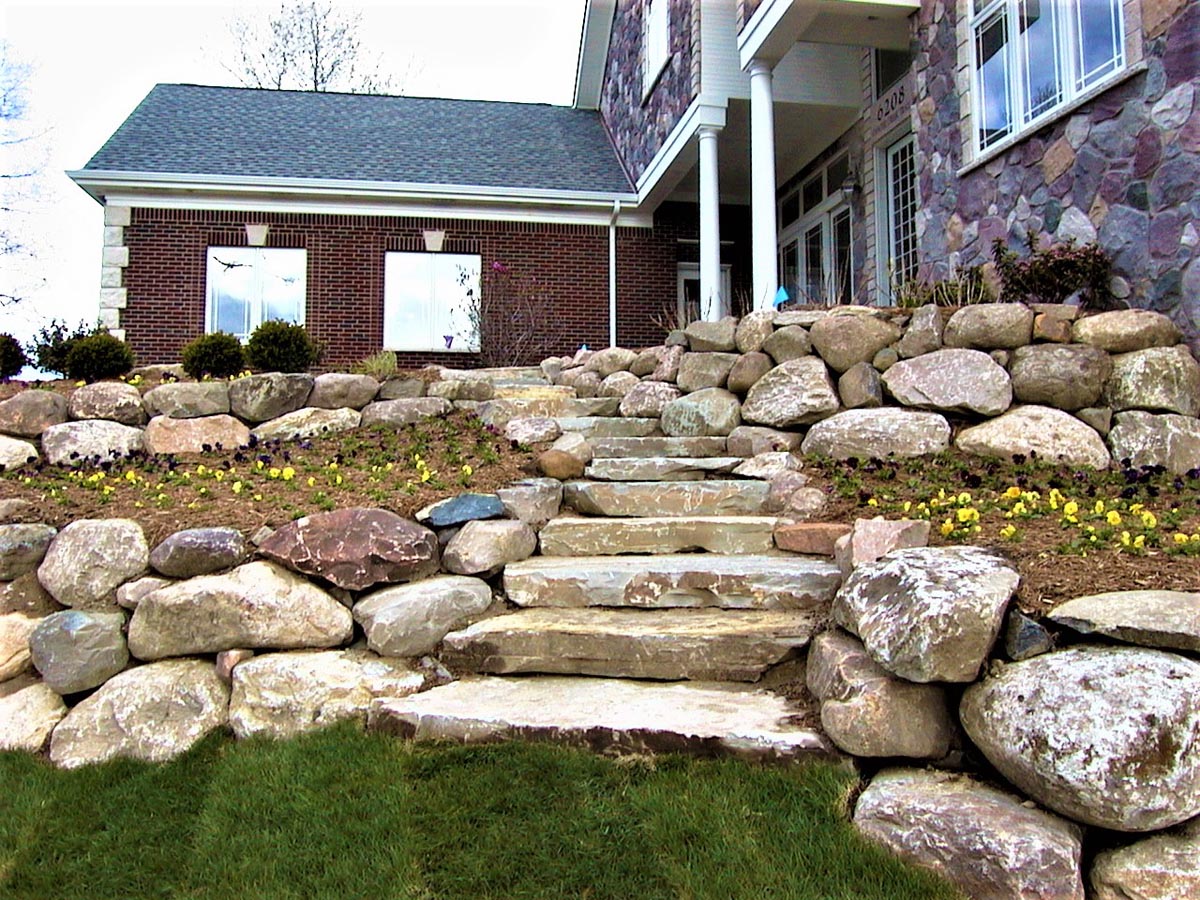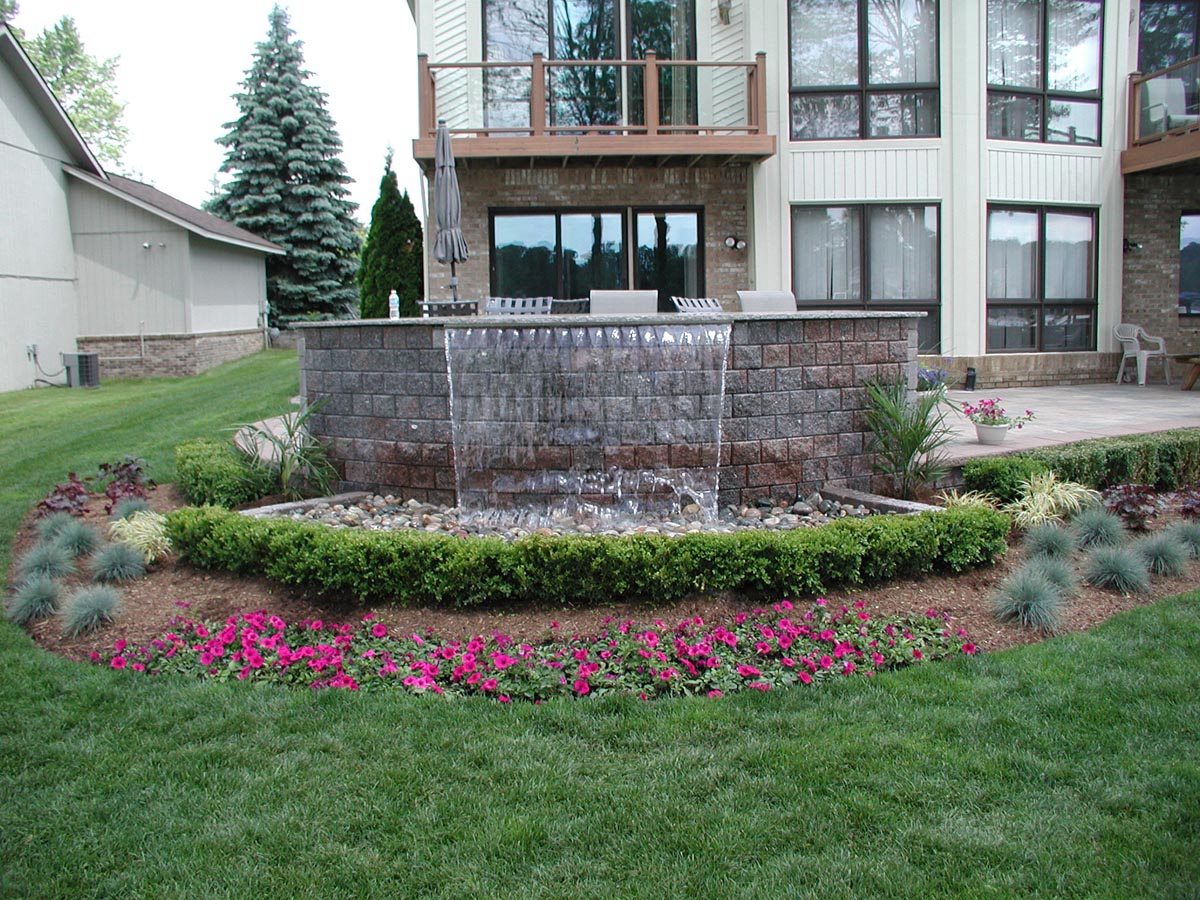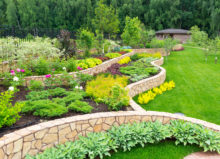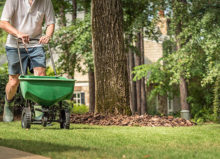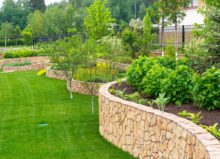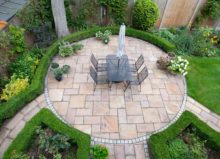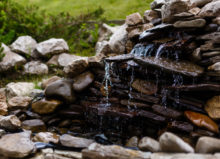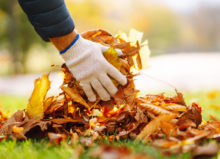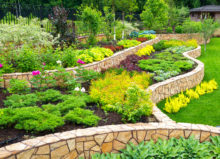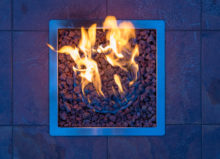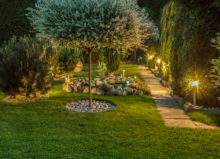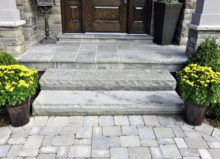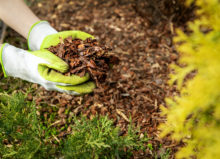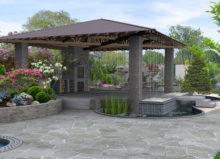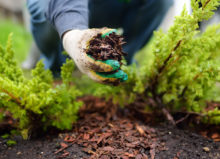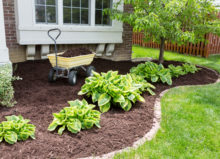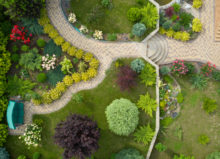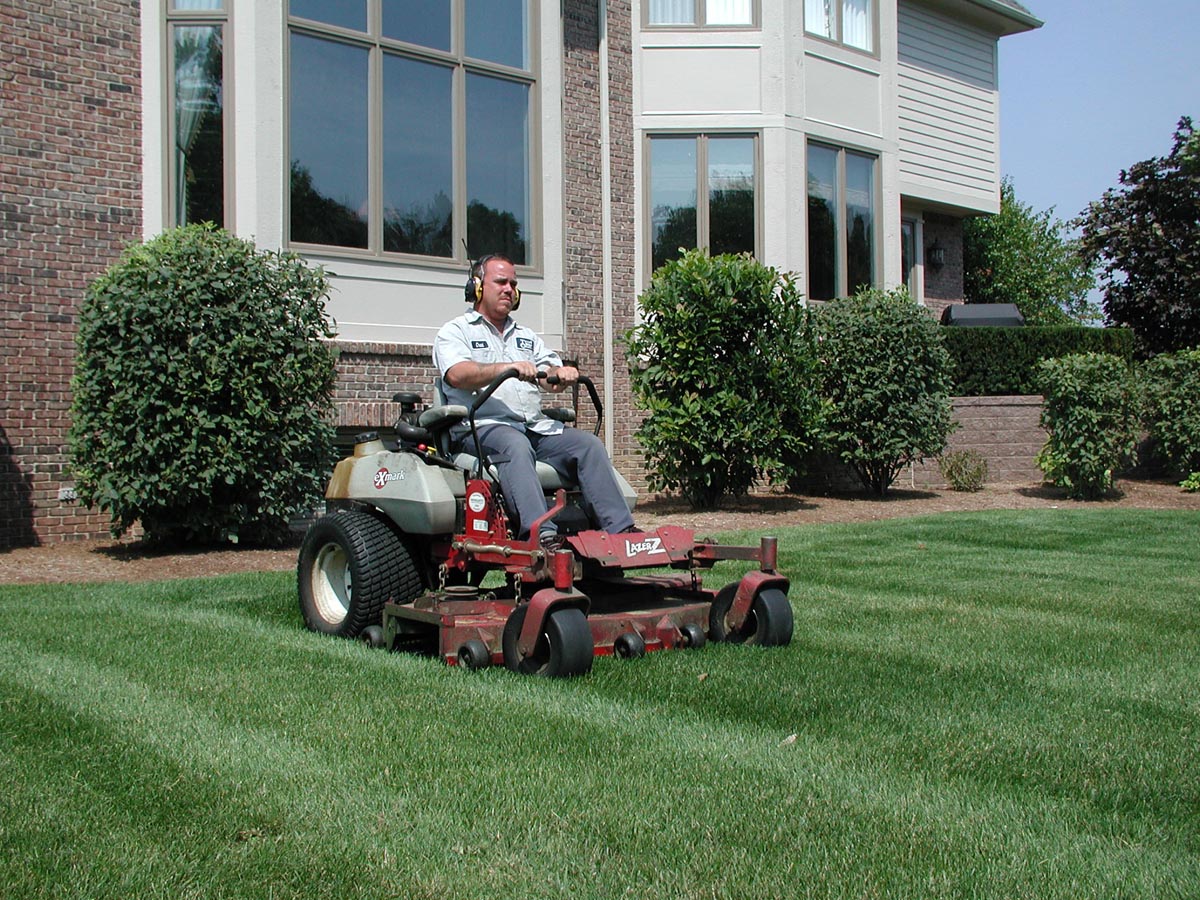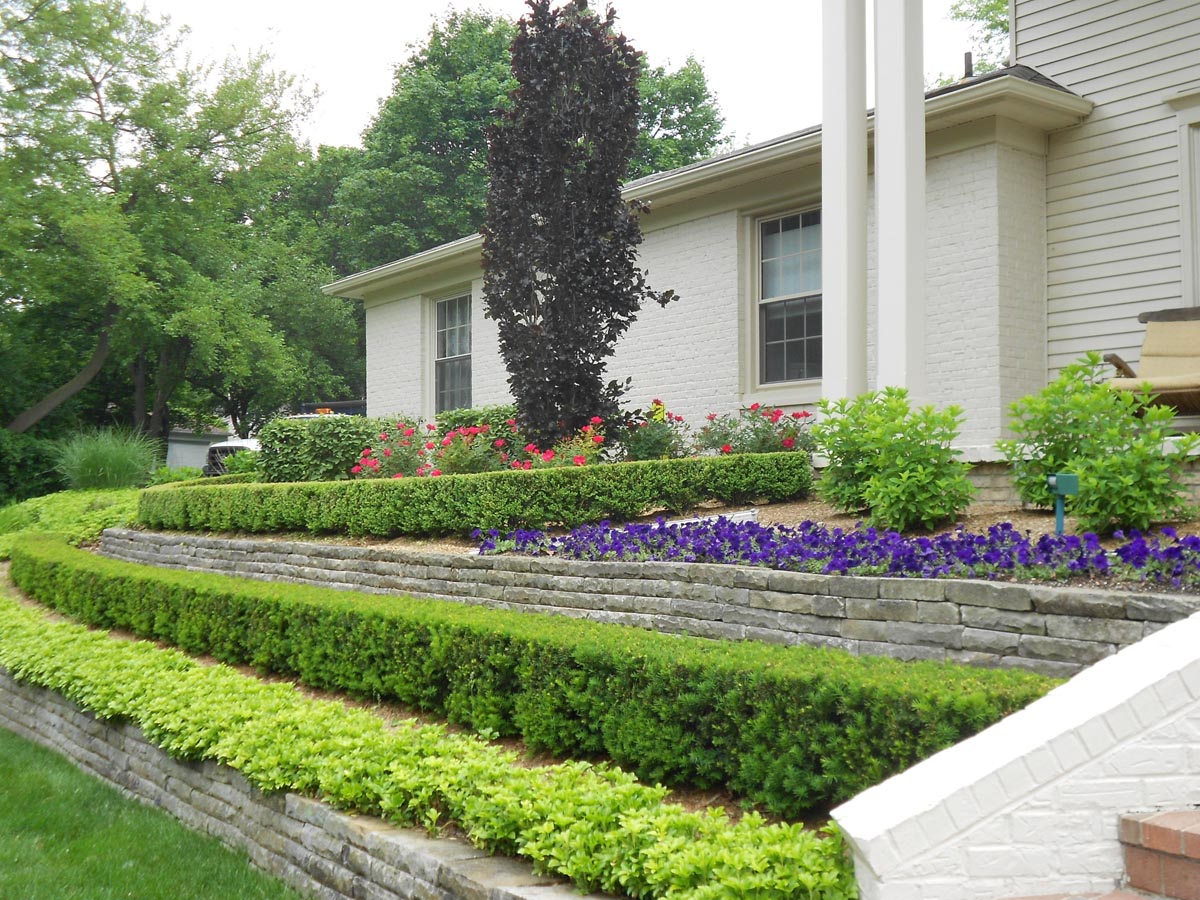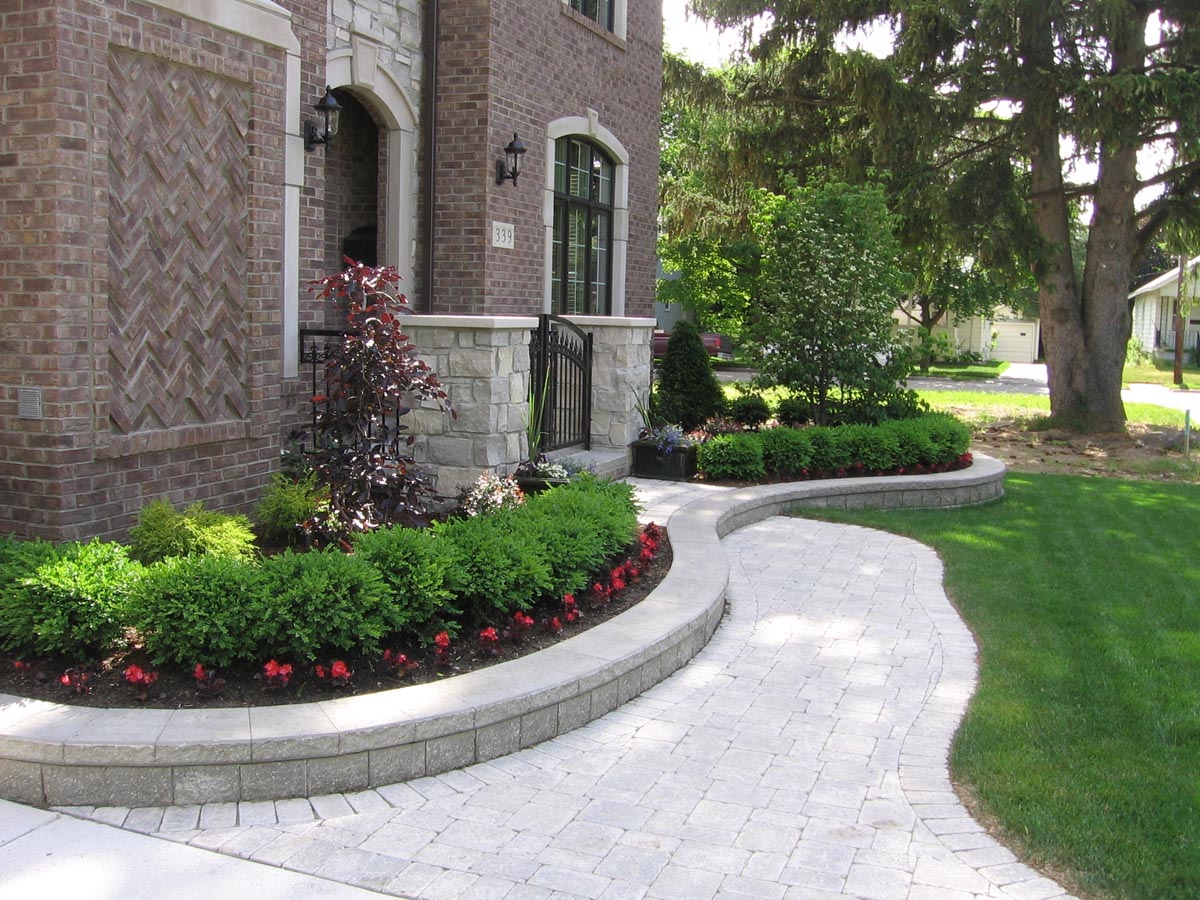When Should You Install an Outdoor Water Feature?
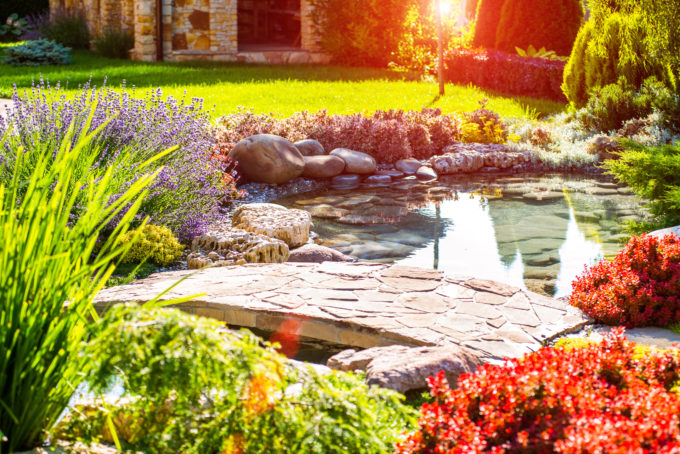
Are you looking for ways to enhance your backyard? Adding a water feature in your backyard is the perfect solution for homeowners wanting a beautiful and peaceful spot to relax in. In fact, past studies have shown that “blue waterscapes,” like rivers and lakes, can actually reduce stress, depression, and anxiety. If you don’t own a waterfront property, an outdoor water feature could be your next best solution.
In this article, we’ll cover everything you need to know about installing outdoor water features on your property.
What Time of the Year Is the Best for Water Feature Installations?
The best time of the year to install an outdoor water feature is usually in the spring or summer months, but each season does have its own advantages and disadvantages.
Spring
Spring weather is turbulent and often unpredictable, but the temperature never rises as high as it does in the summer. Professional landscapers and DIYers prefer to install water features in the spring simply because it’s not as hot outside. However, you do have to account for the unpredictability of the weather. Spring months are typically wetter and in the early months (March and April), and the temperature could drop below freezing depending on where you live.
If you are installing in the spring, plan accordingly. Be sure you’re tracking the weather. Know that most smaller outdoor water feature projects may only take a few hours, while larger projects may take a few days, and sometimes even a month to complete.
Summer
While thunderstorms and heavy rain are possible in the summer months; it does occur less frequently when compared to the earlier spring months. While you can typically count on dry weather, you should also plan for hot weather. Undertaking any type of outdoor project in the summer can be gruesome. Although it’s easier to plan in the summer, be sure to start on your project early in the day before temperatures start to rise.
Another downside of installing a water feature in the summer is the water bill. Due to the increase of lawn maintenance that happens in the summer, it’s not unusual for water bills to skyrocket. Adding a water feature will definitely increase your bill if you keep it on at all times.
Fall
Similar to spring, fall is prone to unpredictable weather; depending on the month, the weather will often fluctuate between warm and cold temperatures. There is also the possibility of early snow in the fall. Although the weather will definitely be cooler compared to the summer months, and possibly easier to work in, you do need to factor in the unpredictable weather.
Additionally, you must also think about the maintenance aspect of outdoor water features. As you already know, fall is the peak season for beautiful, brightly colored leaves that fall. Depending on where you’re installing your water feature, you may have a mess to clean up afterward. Fallen leaves won’t necessarily impact the installation of your water feature, but you will have a lot of maintenance work to do, especially if you’re installing a pond with fish. Fallen leaves that start to decompose will release carbon, which turns into carbon dioxide, which can be detrimental to the fish living in your pond or fountain. Decomposing leaves may also cause algae growth.
Winter
We do not recommend installing a water feature in the winter. In fact, towards the end of fall, most homeowners are winterizing their features.
Because winter comes with extremely cold temperatures, there is a high chance that the water in your feature will freeze. And, if frozen water is left in your feature, it increases the risk of permanent damage (like foundational cracks).
Other Installation Factors To Consider
In addition to knowing the best season to start a water feature project, you’ll also need to consider these factors before installation:
- Space: You should always think about the space you have available in your backyard, which will help you decide what type of water feature is best for your property.
- Location: You should also avoid installing your water feature in any sunny areas. Direct sunlight could cause water to evaporate and it could potentially encourage algae growth. Additionally, avoid putting your water feature too close to a tree. Pollen or sap may drip into the fountain, which can clog the pump, and fallen leaves as we mentioned earlier can also encourage algae growth.
- Permits: Does your city require a permit before the installation of a water feature? If you don’t know, you need to find out, otherwise you risk a fine. In Michigan, any homeowner or building owner that wishes to alter, repair, construct, move, or destroy a structure must apply for and obtain a permit.
- Maintenance: Before you decide to install a water feature, always take a look at how much maintenance is required. In the section below, we’ll highlight some of the best low-maintenance options.
Best Low-Maintenance Water Features
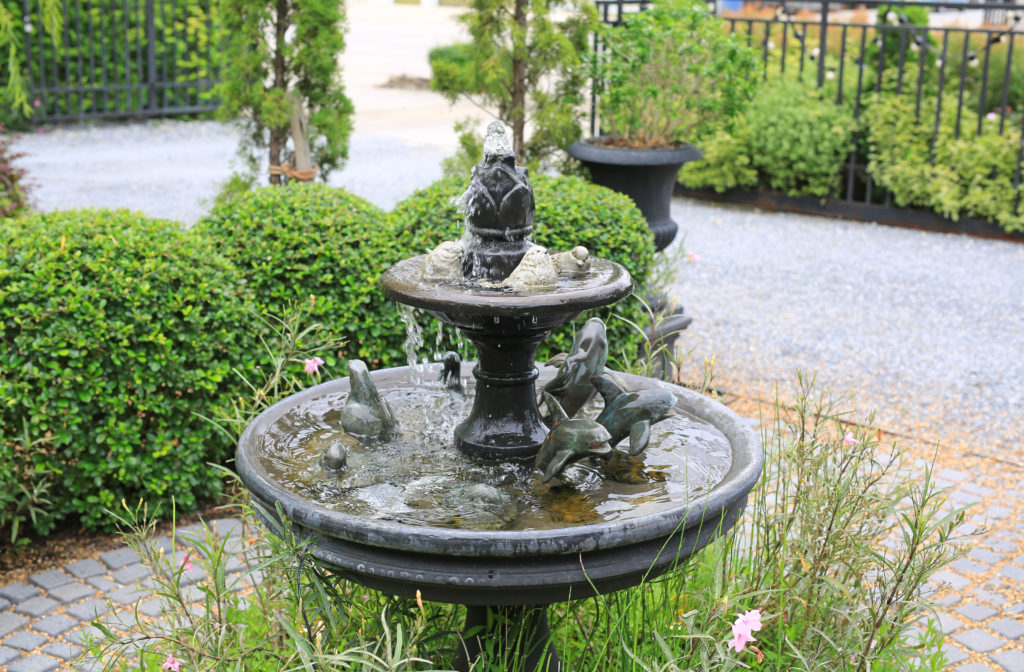
You might be looking for a water feature that you can simply “set and forget.” While there are some water features that require maintenance from time to time, there are plenty of other water features that require almost no maintenance at all, including:
- Outdoor Water Fountain: For an outdoor water fountain, you need to wipe the fountain bowl, remove the algae from time to time, and clean the pump regularly. It does not require that much work.
- Bird Bath: With a bird bath, all you need to do is clean the bird bath itself from time to time.
- Koi Pond: Out of all of the options on this list, koi ponds do take a little bit of extra work to maintain, but they’re still a great low-maintenance option. When you install one, you’ll want to make sure you have a liner, filter and skimmer, water pump, rocks and gravel, pipes, and plants. If you have these elements, it’ll prevent bacteria and debris, and help the koi and plants in the feature thrive. As far as maintenance goes, all you’ll need to do is test the quality of your water and check on the plants and koi living there.
- Waterfall: If you have an outdoor waterfall, all you need to do is check the pump to make sure it is working well, inspect for algae growth, and remove any debris.
- Splash Pad: Splash pad maintenance includes cleaning filters and inspecting the chemical levels every once in a while.
Of course, all outdoor water features will also require winterization; winterization tasks will vary based on the feature itself.
Work With Design One on Your Next Outdoor Water Feature Project
Start your backyard water feature project with help from Design One. With over three decades of experience, along with proper licensure, certification, and insurance, you can trust us with your next project. We offer both commercial and residential landscape design services in Michigan, and can help you install all types of outdoor water features.
If you have general questions about water features, or you would like to request a project estimate, contact us today to schedule a free consultation!


